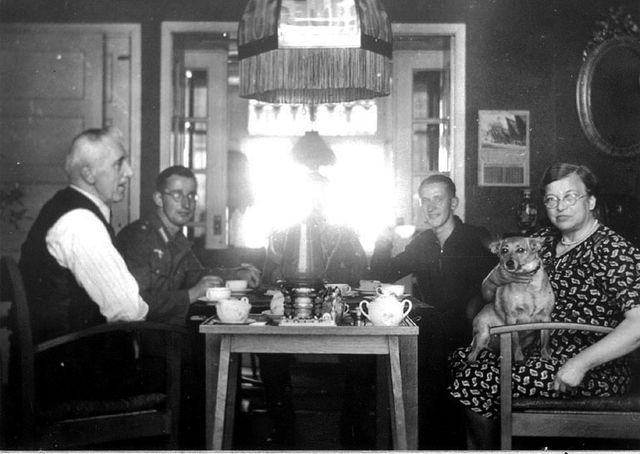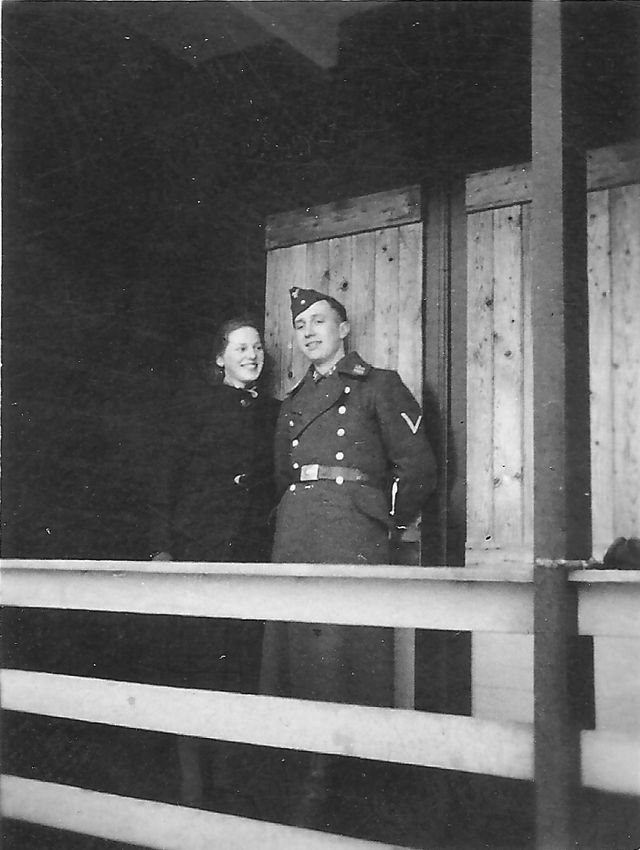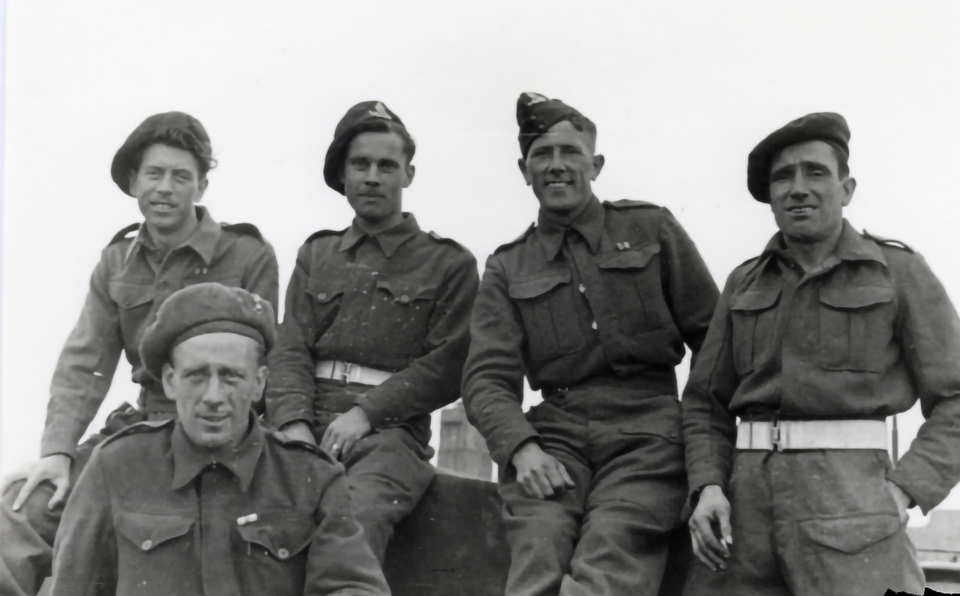Eyewitnesses
According to historian Blom, the occupation of the Netherlands can be divided into 4 phases. The first phase was rather tranquil. By acting restrained, the German occupiers tried to gain the Dutch people’s sympathy. This lasted until early 1941. The February strike of 1941 as a reaction to the measures against Dutch Jews marked the beginning of the next phase. The occupiers became more stringent, especially after it became clear that they had not managed to get the Dutch population on their side. This phase lasted until the spring of 1943.
The third phase started with the May strikes. Germany had made the Dutch economy secondary to the war efforts. Dutch men were forced to work in German factories, whereas before they had been recruited with propaganda campaigns. Blom says that the fourth phase began with the approach of the allied armies, Dolle Dinsdag (Mad Tuesday) and the railroad strike. This phase began in 1944 and was characterised by chaos and plundering by German troops and an increase in Dutch resistance activities.
The first phase continued until the end of the war for the Wadden islands, with the exception of Texel. Even though the islands were aware of the occupiers becoming more repressive in the Netherlands, and that this resulted in chaos and pillaging, the German troops still tried to maintain a peaceful situation.
-
Forced cooperation
Forced cooperation

-
Suppression and resistance
Suppression and resistance

-
Forbidden love
Forbidden love

